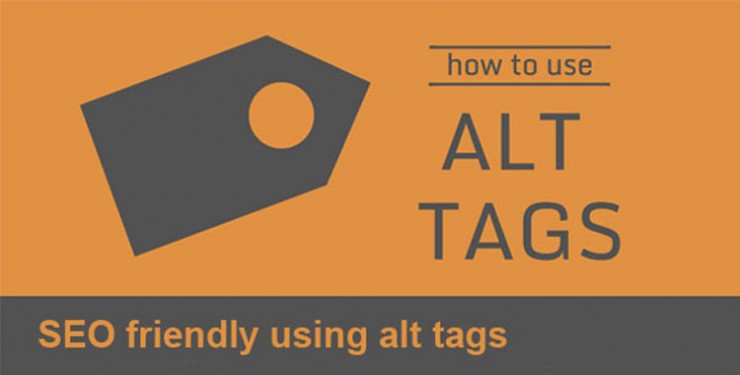
Now that you know what size you need to make your images, how do you do it? Only use PNGs when you need to, for example when you have an image with transparent sections. JPGs have the ability to compress more than PNGs. Tip to keep your images as small as possible: Screenshots for blog or small images: 500px wide, aim for between 10-300KB.Īlways think: as small as I can get them whilst still retaining great image quality (more on that below). Medium website images: 500-1500px wide, aim for between 100-400KB.

Large banner images: 2000-2500px wide, aim for 500KB or less.

Here’s a quick recap of sizes that you should aim for: Rule of thumb is to get the image size as small as possible without losing quality or pixelating the image. Usually in Blog posts I’m using screenshots and smaller images, so these come way under the 500KB mark, usually between 20KB-100KB. For special portfolio pieces where I want the image large and high quality I sometimes will go over that, but I try not to. This ensures that the image will still look good (not pixelate), but it is small enough to help to bring the file size down.įor banner images or large images, I aim for under 500KB. Other site images should be between 500-1500 pixels wide, depending on where you will use them. General size rules:įor Banner images I would try not to go under 2000 pixels wide. This can mean reducing the actual size (Pixels), and compressing to reduce the quality (KBs). To avoid these problems, you’ll need to reduce the size of your images. So if you’re website is clunky and slow, Google will be pushing it down further on the list. Not only that, but Search Engines prefer websites that load faster. If you’re using a lot of large images on your website, there’s a good chance that it’s taking more than 5 seconds to load, and you’re losing potential customers. They say that the average person will wait no longer than about 5 seconds for a website to load before they give up and leave. This can be frustrating for people visiting your site. If your images are too large, they will slow down the time it takes for your website to load. But once you know the best practices it becomes second nature.Īt first you might think this is all a lot of extra work, but once you’ve done the process a few times, it’s really easy! Implementing SEO takes a bit of learning, and adding it is mostly manual. If you start implementing SEO, your website will begin to rank higher in the Search Engines. This means optimizing your website as much as possible to work WITH the Search Engines (e.g. SEO is short for “Search Engine Optimization”. General good design practices and not scaring potential customers away with your bad images. SEO, because a slow website and unnamed images will not impress Search Engines (lowering your rank in Google).

Website speed, because large images will slow down your website (turning people away). And if you’re DIYing your Squarespace website, this is often overlooked. Optimizing images correctly for Squarespace is SO IMPORTANT.


 0 kommentar(er)
0 kommentar(er)
